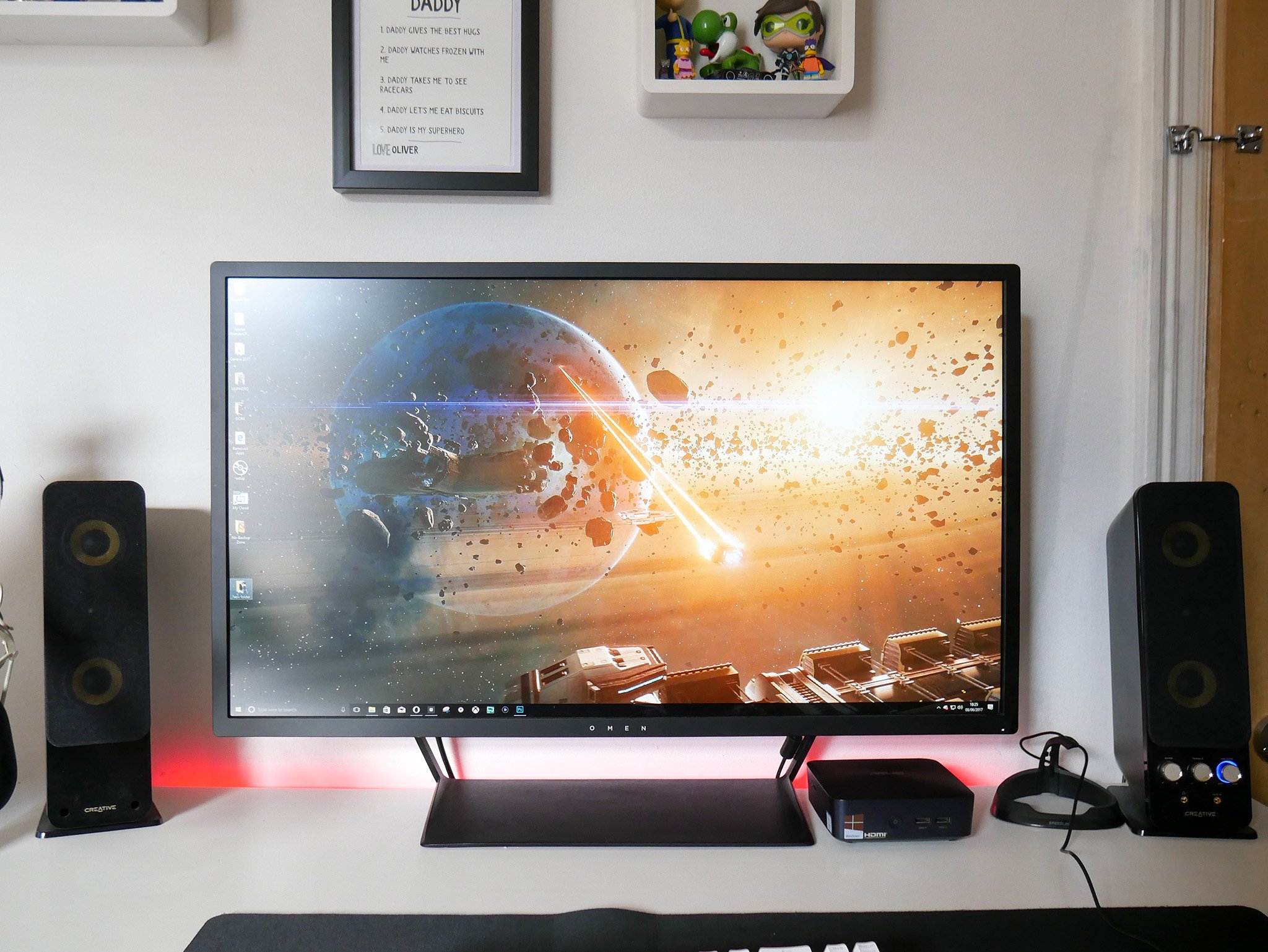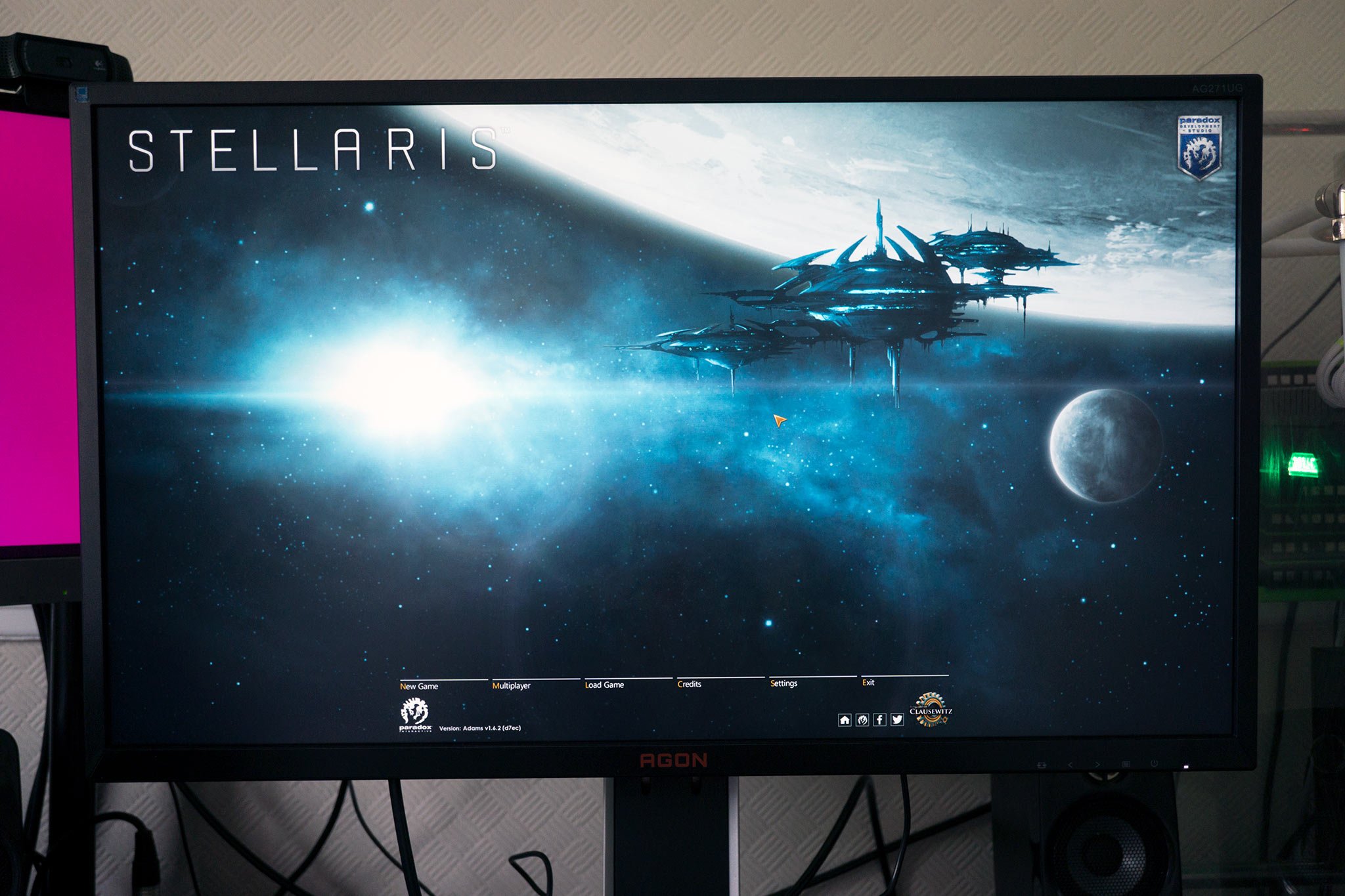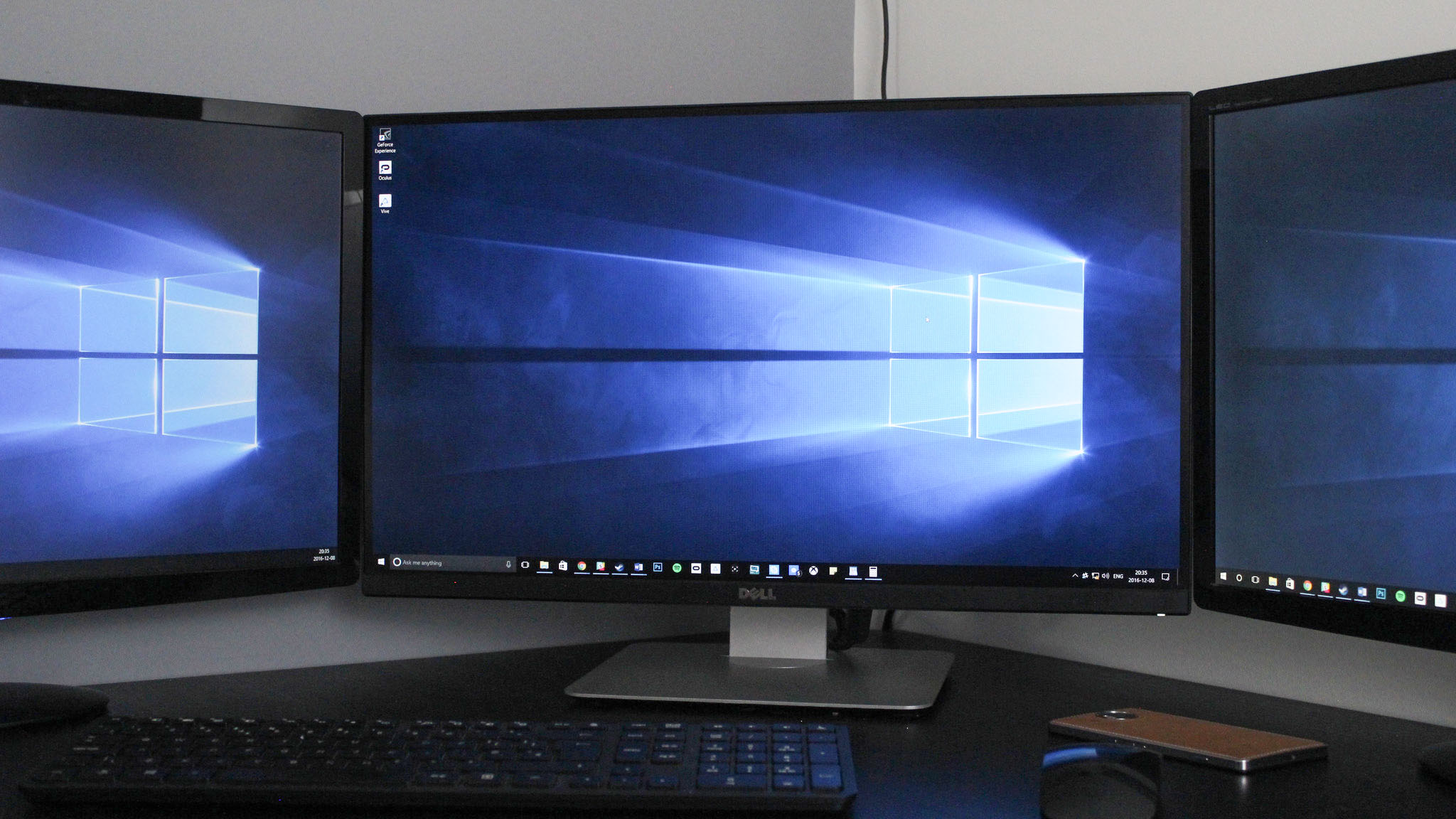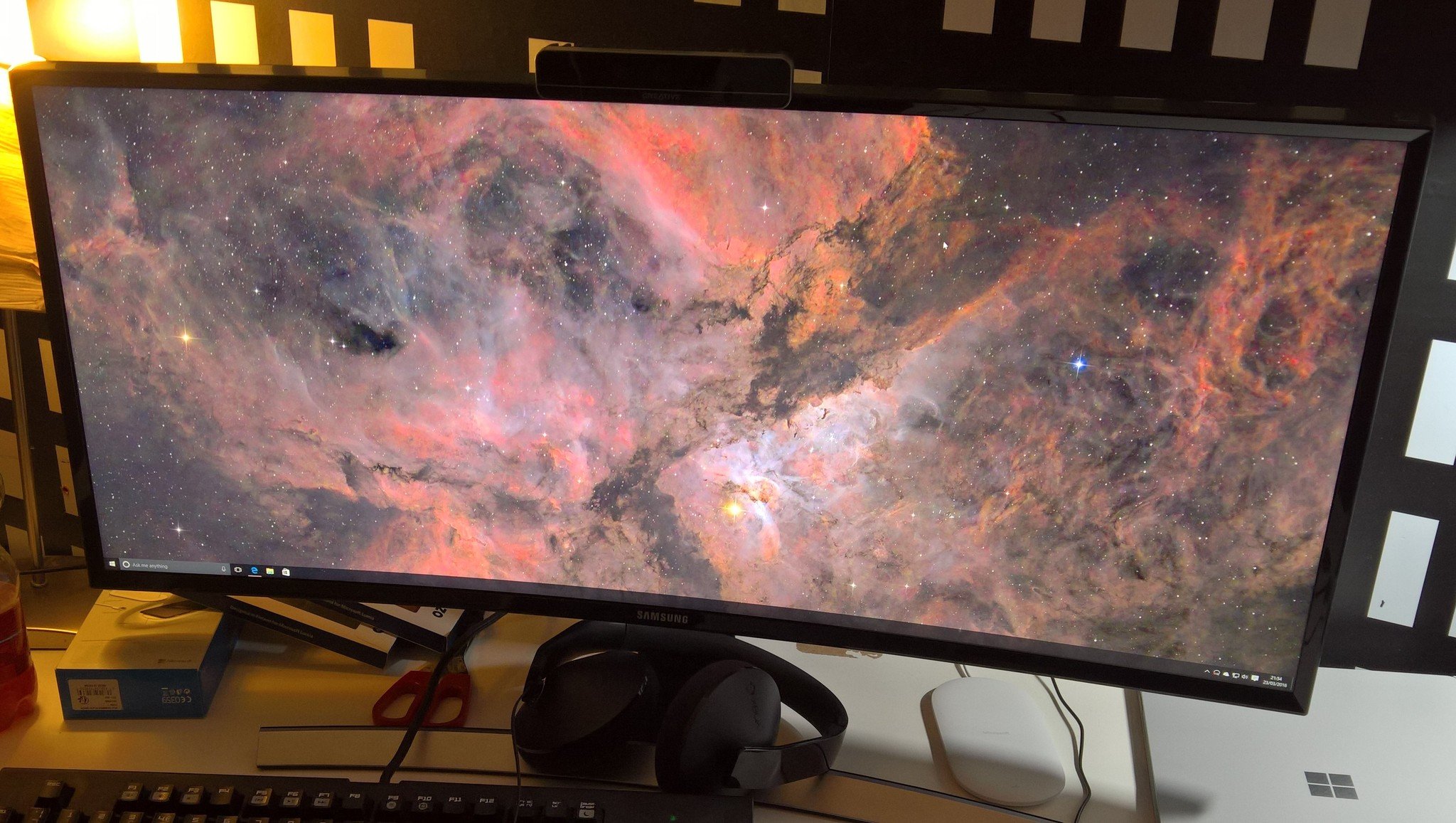IPS vs TN monitors: Which is best for you?
Which of these two popular types of PC monitor should you buy?

Buying a PC monitor involves a lot of jargon that you have to cut through before making your purchase. You've specs like response time and refresh rate to consider, color gamut, contrast ratio, and even the type of panel. When it comes to panel tech, two popular terms you'll see are TN and IPS.
Both are different types of monitor for different types of buyer. But which should you get?
The case for a TN monitor

TN stands for Twisted Nematic and these are the most commonly used panels in PC monitors. Two of the biggest benefits of TN panels are lightning fast response times and a low cost.
Many gaming monitors, particularly those used in a competitive environment, will still be TN-based because the can achieve a 1ms response time that's currently unreachable for IPS technology.
What you need to know about PC monitor response times
It also costs less for a TN monitor compared to an IPS. The viewing angles and colors aren't as good, but if you're sitting straight on and don't depend on color accuracy, the cheaper asking price might be a worthy trade-off. You can still go all the way up to 4K resolution, and the latest and greatest panels have a ridiculously fast refresh rate up to 240Hz. IPS monitors aren't that fast yet.
What you need to know about monitor refresh rates
Get the Windows Central Newsletter
All the latest news, reviews, and guides for Windows and Xbox diehards.
The case for an IPS monitor

IPS stands for In Plane Switching and it's the type of display technology that you'll see most commonly on your smartphone.
IPS is typically more expensive, but produces much higher display quality, with better colors and much better viewing angles.
The viewing angles, in particular, are one of the top reasons you wouldn't want a TN panel on your phone. IPS displays just generally look better over all. So if you're anybody working in any sort of visual media or just want your home photos and videos to really pop, then you'll definitely benefit from the richer colors.
There are high-quality IPS monitors available aimed at gamers, too, but generally speaking the response times are lower on IPS displays than on TN. On an IPS monitor typically you'll be looking at 4ms and above, though you can still get both high resolution and G-Sync or FreeSync, along with fast refresh rates.
IPS monitors are also usually more expensive than their TN counterparts, but the value proposition is still fairly high when you compare the technical benefits against the increased cost.
Which should you get?

It boils down to two main points: Your primary use and your budget. If you're a gamer or someone on a tight budget, then a TN monitor will likely be your best bet. They're easily the cheapest and offer both the lowest response time and highest refresh rates.
IPS monitors may well be more expensive but the quality is higher and the colors are much better, as are viewing angles. This is important to consider if you're ever looking at your monitor anything other than dead straight on. They're the best all-round choice, especially for creatives, and refresh rates are getting higher.
Helping you choose

Richard Devine is a Managing Editor at Windows Central with over a decade of experience. A former Project Manager and long-term tech addict, he joined Mobile Nations in 2011 and has been found on Android Central and iMore as well as Windows Central. Currently, you'll find him steering the site's coverage of all manner of PC hardware and reviews. Find him on Mastodon at mstdn.social/@richdevine
